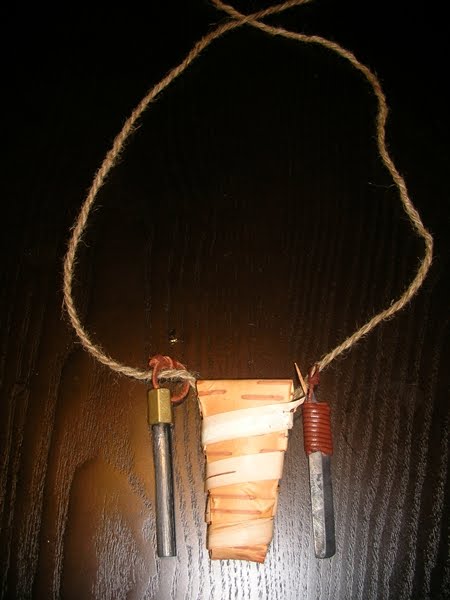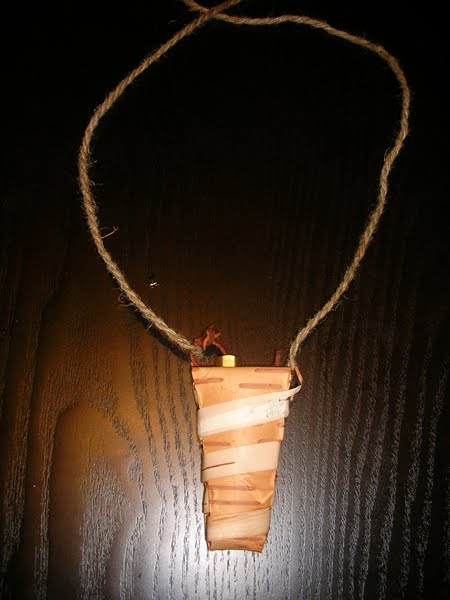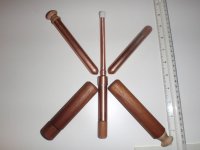- Joined
- Jul 25, 2012
- Messages
- 838
- Reaction score
- 22
Reading about the lost canoer and how his matches got wet and subsequent problems. For a very long time I've used cotton balls and vaseline and lit it with a match or lighter. Then I discovered these metal sticks that you scratch and they send out a shower of hot sparks.
The brand I settled on is called "Strike Force" and really nothing much can go wrong with it except if you lost the thing. Initially I caused a few problems when I used the striking part much as you would in whittling with a pocket knife. I'd over shoot and bonk the vasaline cottonball and small wood and disturb the arrangement. What works better for me is to hold the striking part still and jerk the part with all the sparks out from underneath it. You still get the shower of sparks in a now undisturbed tinder and wood pile.
If I'm being fussy I can get probably about ten or so fires from each vaseline cotton ball; but most times in actual use it's one ball per fire. Still and all it doesn't seem very woodsy crafty and a little like cheating or something.
Of course I've read about birch bark but never had any to experiment on. Here at home, I've tried shaving super tiny shavings of good dry wood but my Strike Force thing won't catch them on fire.
So what do you real outdoors guys use to make that first flicker of flame?
A very modest fire maker with
much to be modest about,
Rob
The brand I settled on is called "Strike Force" and really nothing much can go wrong with it except if you lost the thing. Initially I caused a few problems when I used the striking part much as you would in whittling with a pocket knife. I'd over shoot and bonk the vasaline cottonball and small wood and disturb the arrangement. What works better for me is to hold the striking part still and jerk the part with all the sparks out from underneath it. You still get the shower of sparks in a now undisturbed tinder and wood pile.
If I'm being fussy I can get probably about ten or so fires from each vaseline cotton ball; but most times in actual use it's one ball per fire. Still and all it doesn't seem very woodsy crafty and a little like cheating or something.
Of course I've read about birch bark but never had any to experiment on. Here at home, I've tried shaving super tiny shavings of good dry wood but my Strike Force thing won't catch them on fire.
So what do you real outdoors guys use to make that first flicker of flame?
A very modest fire maker with
much to be modest about,
Rob




